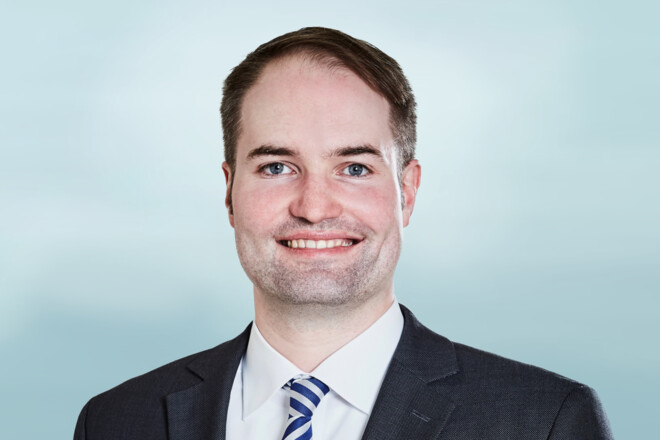Climate protection and the needs of industry – we combine the two
We build infrastructure for the transportation of CO2, thereby facilitating a circular economy around CO2. Within this cycle, we move CO2 from the place of its capture to the destination of its further use or storage.
This way, we combine our efforts towards climate protection with the economic and ecological interests of our customers.
To achieve sustainable climate protection in line with the Paris Agreement on international climate protection (COP21) and the German climate protection goals, we need renewable energies, green gases, and avoidance of CO2 emissions. To intensively support this, OGE is providing a hydrogen infrastructure.
Nevertheless, in a number of industrial production processes CO2 emissions are unavoidable 1: Cement, lime and glass production, for example, will have to emit CO2 in the future, even if it has switched to renewable energies 2, 3, 4. Conversely, the entire organic chemical industry with its downstream value chains needs carbon as a raw material 5.
Circular economy
Offsetting of CO2 emissions through the purchase of CO2 certificates can only be a long-term perspective for avoidable emissions. For unavoidable emissions, a circular economy centered around CO2 can be an efficient alternative for climate protection and for businesses 6.
Use our infrastructure for a climate-neutral energy system
A climate-neutral energy system requires various infrastructures: for electricity, gas, hydrogen, and also for CO2 7, 8.
We work on your behalf, connecting the locations where CO2 is produced, used, or needs to be stored.
We are already planning this CO2 infrastructure with initial projects and routes. As one of the leading transmission system operators in Europe, we have the expertise and the technical prerequisites for the development of this kind of infrastructure.
Sources
1 Deutsche Energie-Agentur GmbH (ed.) (dena, 2021). “dena-Leitstudie Aufbruch Klimaneutralität”, p. 19.
2Deutsche Energie-Agentur GmbH (ed.) (dena, 2021). “dena-Leitstudie Aufbruch Klimaneutralität”, p. 136.
3Ministry of Economic Affairs, Innovation, Digitalisation and Energy of the State of North Rhine-Westphalia (ed.). (2021). Kohlenstoff kann Klimaschutz - Carbon Management Strategie Nordrhein-Westfalen, p. 39.
4Fraunhofer ISI, Fleiter, T., Rehfeldt, M., Manz, P., Neuwirth, M. & Herbst, A. (2021, December). Langfristszenarien für die Transformation des Energiesystems in Deutschland 3 - Treibhausgasneutrale Hauptszenarien, Modul Industrie, p. 83.
5 Deutsche Energie-Agentur GmbH (ed.) (dena, 2021). “dena-Leitstudie Aufbruch Klimaneutralität”, p. 137.
6Ministry of Economic Affairs, Innovation, Digitalisation and Energy of the State of North Rhine-Westphalia (ed.). (2021). Kohlenstoff kann Klimaschutz - Carbon Management Strategie Nordrhein-Westfalen, p. 36.
7Deutsche Energie-Agentur GmbH (ed.) (dena, 2021). “dena-Leitstudie Aufbruch Klimaneutralität”, p. 224.
8Ministry of Economic Affairs, Innovation, Digitalisation and Energy of the State of North Rhine-Westphalia (ed.). (2021). Kohlenstoff kann Klimaschutz - Carbon Management Strategie Nordrhein-Westfalen, p. 49.
9Deutsche Energie-Agentur GmbH (ed.) (dena, 2021). “dena-Leitstudie Aufbruch Klimaneutralität”, p. 13.
10Ministry of Economic Affairs, Innovation, Digitalisation and Energy of the State of North Rhine-Westphalia (ed.). (2021). Kohlenstoff kann Klimaschutz - Carbon Management Strategie Nordrhein-Westfalen, p. 36.






